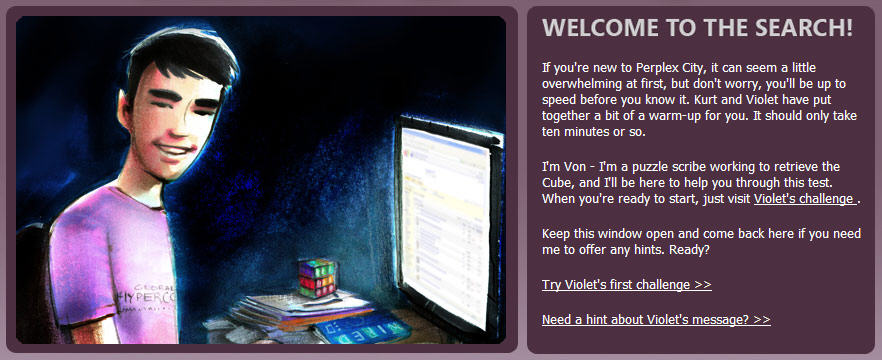
Figure 10. Screenshot of Perplex City ‘Walkthrough' (Mind Candy Design, n.d.)
Main Page > Tiering: Levels > Tiering: Types > Resources: Sources > RESOURCES: TYPES > Resources: Fictional > Summary > Bibliography
There are many types of gameplay resources in ARGs. This section will attempt an overview the most pertinent, recognised at the time of writing the journal essay. Although, in the essay I clustered them differently than I will here. The resources and definitions are still the same, I've just divided them into two top-level categories: Ludic and (Story)World Management resources. I consider all these gameplay resources, despite the term 'story' because I regard 'game' as a general term to denote the entire work. This flies in the face of much discourse on the notion of game, which I will not entertain here because it is not within the scope of these essays to do so (and I have much to say on the matter). Instead, for now, 'ludic' resources are those which are necessary to understand and where appropriate execute the game 'rules'; and '(Story)World Management' resources are those that are necessary to understand and experience the plot, setting and characters.
Orientation or tutorial resources help newcomers to the genre learn how to ‘play’ them. The first was created by Cloudmakers (The Beast
players) Dan Fabulich and Andrea Phillips (2001) for The Beast (Microsoft Game Studio, 2001), it was called
‘The Journey’ and was a resource ‘designed to give you gentle clues with which to solve the game’s puzzles’.
Other examples are Steve Peter's (aka vpisteve) 'Jawbreakers Quickstart Instructions' for Lockjaw (various, 2002) and Brooke Thompson's (2004) 'Quick Start Guide'
for playing I Love Bees (42 Entertainment, 2004). In 2005, fellow Cloudmakers (The Beast players) Dan and
Adrian Hon became PMs on Perplex City (Mind Candy Design, 2005-2007). Their experience as players
obviously informs their ARG design because they created a diegetic (ingame) ‘walkthrough’ (Mind Candy Design, n.d.) for solving cryptograms. It is narrated by fictional characters
Von, Violet and Kurt (see figure 10).

Figure 10. Screenshot of Perplex City ‘Walkthrough' (Mind Candy Design, n.d.) |
The tools needed to solve puzzles are a form of gameplay resource. They are sourced from ARG community sites (which usually gather them from third-party sources) or created by individual players. Examples include unfiction’s (n.d.) ‘Online Tools’ for use in any ARG. It is a sidebar accessory for your browser with links to sites that assist with whois lookups, cryptography, morse code, payphone locations and so on. I Love Bees (42 Entertainment, 2004) player Kevin Sapough's (aka sapagoo) (2004) created the ‘Quickphone’ sidebar accessory for determining the I Love Bees payphone coordinates.
Interaction resources are those that facilitate communities conversing with each other to discuss puzzles, plot conjecture and general discussion about the mechanics of the game. Online chat facilities such as IRC are usually employed by ‘the most active and devoted players’ (Thompson, 2006, pp. 44). Listservs also facilitate discussion with many players about game puzzles and solves. Forums are the most utilised technology for community interaction. This is why they have been created by players and PMs alike. An ARG cannot exist without a forum.
Aggregation resources are those which collect the plethora of information produced in an ARG.
Typically, they are represented in what has been termed ‘The Trail’. The Trail was initially created by Cabel Sasser for The Beast but was developed by Daniel Hon (2001).
Cloudmakers Dan Fabulich and Andrea
Phillips (2001) described The Trail as ‘an encyclopedia, detailing every last bit of information we
have learned in a comprehensive format. Fundamentally, it is a listing of all the puzzles and sites in
a game. They can be authored by a single person or collaboratively developed. Among other functions,
the Trail works as a pivot-point of all the components found in an ARG. An example is Sean Stacey's (aka SpaceBass)
Lockjaw Trail.
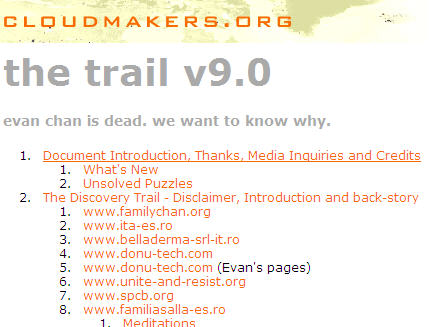
Figure 11. Screenshot of the first 'Trail' (Hon, 2001) |
There are gameplay resources that assist players in gaining a birds-eye-view of an emerging universe. Storyworld management resources are predominantly created by players in the form of timelines, plot summaries, character profiles, histories and relationship diagrams. They are created for a few reasons. One being the narrative is unfolding in real time, with components distributed through tiering practices to different players and across time and space.
Recaps (short for recapitulation) are a device employed in episodic forms such as television to inform audiences of events that have occurred in the storyworld. They assist those that have simply missed an important episode, but function more to update those new to series and those who just casually engaging with it. In ARGs, they are called ‘Story So Far’ or 'CatchUp' and can be created by PMs an players. Although some players created 'Story So Far' webpages -- such as Brian Enigma's (2003) 'Story So Far' for Metacortechs (2003) and most ARG community forums have a 'Story So Far' thread that is created and updated by a player/the players, most recaps are provided by PMs, as Brooke Thompson (2006b, pp.45) explains:
Another form of a guide is a “Story So Far” which may be created by the players but typically exists in the game environment and is maintained by a single character. This is a brief and, often, linear discussion of what has occurred in the game from a character’s perspective. This provides players, both new and familiar, with a quick place to learn the basics of the story in order to dig deeper into the experience.Writer David Varela (2007) explains the motivation behind creating the 'Story So Far' assets for Perplex City (Mind Candy Design, 2005-2007) and how the player-created resources helped their production management:
One drawback of running a two-year story was that it became harder and harder for new players to join in and catch up. This is an issue that affects any long-running story: try explaining the whole of Lost to someone who missed the first few series. As a result, we started to produce summaries of the story to help people get up to speed quickly. The ‘Story So Far’ website was a searchable archive of every web post, news item and development in Perplex City, updated every few days. We also recorded a Jackanory-style audio podcast every few weeks giving an overview for people who didn’t have time to follow the story so closely. This was a great deal of hard work for us but it was nothing compared to the collaborative efforts of the players who spent thousands of man-hours creating maps and websites about the story. The Perplex City Wiki was truly a labour of love, an encyclopaedic guide to the game that outstripped anything we ever produced in-house. It became the writers’ bible.Table 7 lists examples of recap resources created by PMs:
|
Figure 12. Screenshot of 'Stolen A3' blog, 2005 [no-longer online] |
Players also create what I term in the journal essay as an ‘anachrony audit’. Narratologist Gerard Genette ([1972] 1980) introduced the term anachrony into narratology to identify when there is a difference in temporal ordering of the story (fabula) order and the discourse (sjuzhet) order. To bring some order to the complexity and facilitate immersive navigation, fans and ARGers create online listings that reorder the anachronic discourse into a chronological order. Examples include Rick Bailey's (aka Hair Thief) (2001a) ‘The Plot’ for The Beast, ChessPieceFace's (2002) Lockjaw Timeline,Geoff May's (aka The Bruce) (2004) ‘Plot Timeline' and Steve Peters' (aka vpisteve) (2004) ‘Ilovebees Halo 2 Audio File Repository’ for I Love Bees and Yanka (n.d)'s 'Perplex City Story Timeline'.
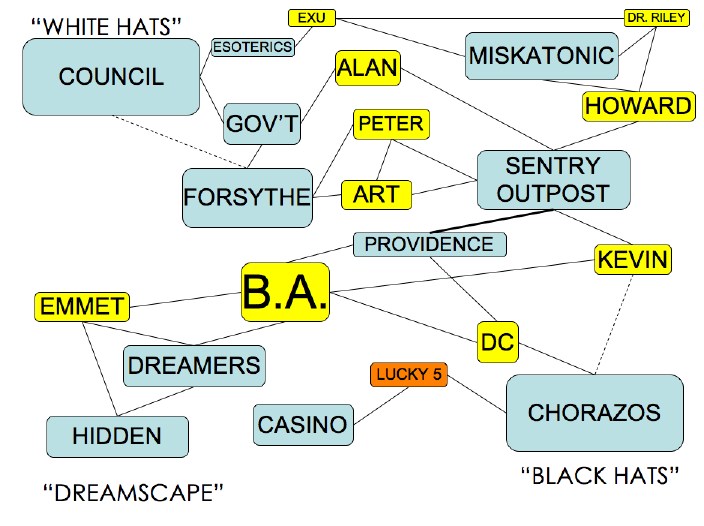
Figure 13. 'Whiteboard' of 'major players' sourced from GMD Studios' (2007) SentryOutPost.com |
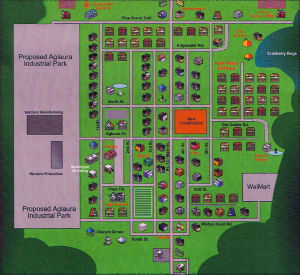
Figure 14. Figure 3. Scan of map of Aglaura, NJ from Chasing the Wish Book One, Vol 1, Issue 1, New Fiction Publishing, April 2006 |
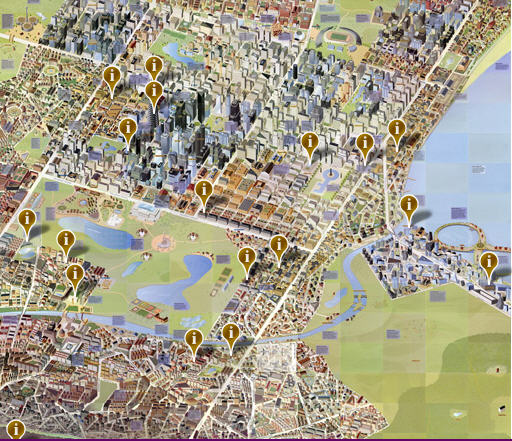
Figure 15. Screenshot of Daffy's Annotated Perplex City Google Map |
| ARG | PLAYER | GUIDE |
|
The Beast (Microsoft Game Studio, 2001)
Chasing the Wish (Dave Szulborski+, 2003) I Love Bees (42 Entertainment, 2004) Lockjaw (Andy Aiken, Bruce Cain, Clay Chiment, Derek Jensen, Brooke Thompson and Krystyn Wells, 2002) Urban Hunt (Dave Szulborski, 2004) |
Adrian Hon
Michelle Senderhauf (varin) Rowan Steve Peters (aka vpisteve) RobMagus |
The Guide X: The Tale of the A.I. Trail
Chasing the Wish Guide The Haunted Apiary Guide Jawbreakers Guide Urban Hunt Guide |
Created: 24 Sep, 2007
Last Updated: 9 Feb, 2008
Author: Christy Dena